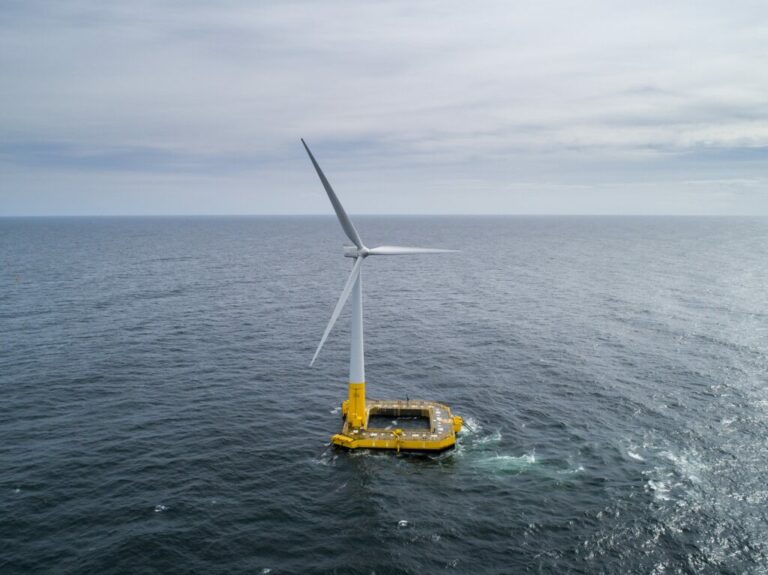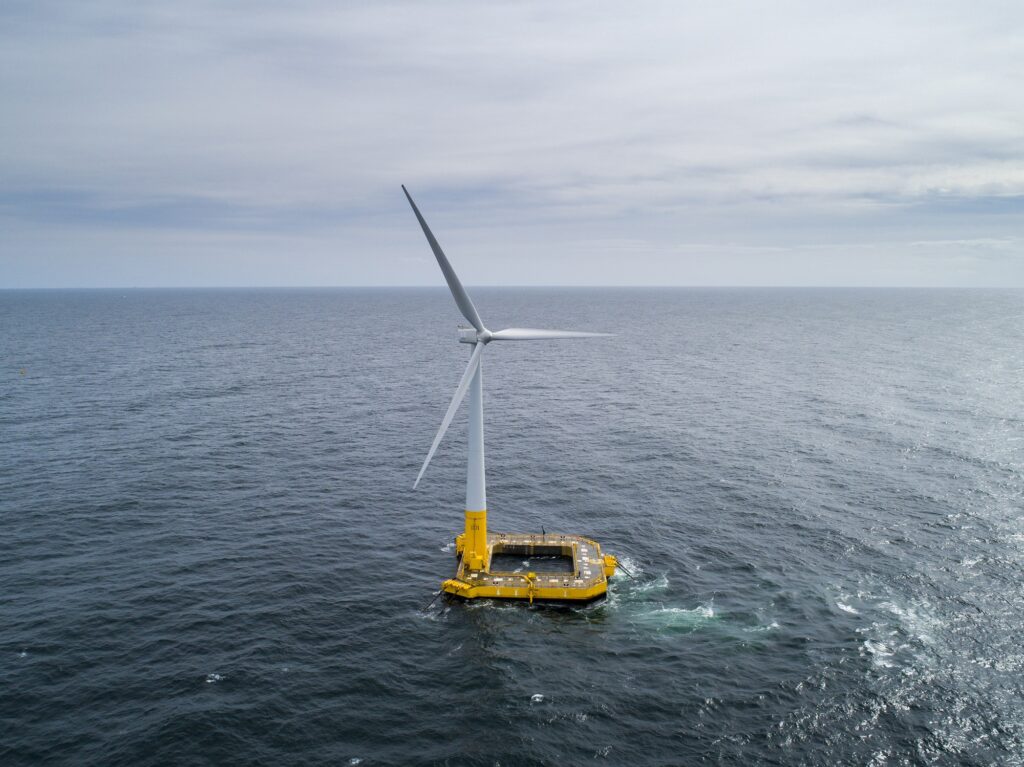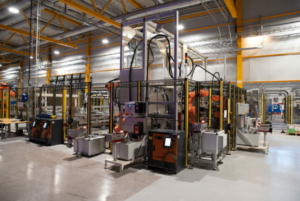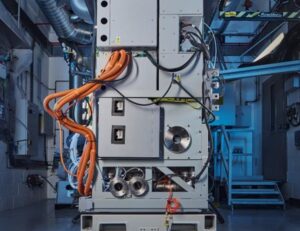In focus: Europe and United States provide glimpse of sustainable energy mix of the future
As the world struggles to ‘catch its breath’ due to unprecedented heatwaves across the globe – a stark reminder of what the future has in store unless we change our ways – the energy majors find themselves in an urgent need to step up their game and provide climate-friendly and affordable energy solutions to remedy and reverse the global climate change crisis.

In an ideal scenario, energy supplies would be secured entirely from renewable sources without further burden on a weakened global economy. Since this is not the case and we still rely on fossil fuels, countries and companies have decided to take a step-by-step approach on the road to a sustainable energy future.
Starting in the United States – one of the largest energy consumers – Senator Joe Manchin and Senate Majority Leader Chuck Schumer earlier this week announced a decision to add climate provisions to a budget reconciliation legislation that is expected to provide $369 billion in energy and climate investments.
Related Article
-
U.S. climate bill promotes clean energy but ‘does not arbitrarily shut off’ oil and gas
Authorities & Government
Following months of negotiations, the agreement was reached to invest $369.75 billion in energy security and climate change programmes over the next ten years while supporting domestic production of offshore oil and gas.
The deal includes climate investments to reduce carbon emissions by roughly 40 per cent by 2030.
Manchin said he supports a plan that will “advance realistic energy and climate policy” and not undermine the country’s “superpower status by removing dependable and affordable fossil fuel energy before new technologies are ready to reliably carry the load. This legislation ensures that the market will take the lead, rather than aspirational political agendas or unrealistic goals, in the energy transition that has been ongoing in our country.”
He also said that the plan is to invest in the technologies needed for all fuel types – from hydrogen, nuclear, renewables, fossil fuels and energy storage – to be produced and used in the cleanest way possible.
When it comes to the actions of the United States to accelerate the energy transition, California Governor Gavin Newsom this week called for the increase of the state’s offshore wind target to at least 20 GW by 2045.
Related Article
-
California governor calls for 20 GW of offshore wind by 2045
Business & Finance
The current targets are for up to 15 GW of installed capacity by 2045 and 20 GW by 2050.
According to the governor, the new goal has to be established through the California Energy Commission as one of the measures to address climate change.
Furthermore, the US Department of Energy (DOE) awarded $12 million for marine energy and hydropower projects through its funding support programmes for small businesses.
The selected projects will drive innovation in water power technologies and contribute to the Biden administration’s goals of a carbon-free power sector by 2035 and net-zero-emissions economy by 2050.
Europe bolsters green hydrogen plans as new fossil fuel projects face backlash
After taking the final investment decision (FID) to develop the Jackdaw gas field in the UK North Sea, following regulatory approval earlier this year, oil and gas giant Shell is facing strong opposition from environmental groups.
Related Article
-
Shell sanctions Jackdaw gas project in North Sea
Project & Tenders
The authorities approved the project much to the dismay of environmental groups who staged protests demanding a halt to all new oil and gas licences and consents.
While Shell expects the project to come online in the mid-2020s, Greenpeace lodged a legal challenge over the consent, believing that the UK government failed to consider emissions from burning the gas.
Jackdaw is part of Shell UK’s broader intent to invest £20 to £25 billion in the UK energy system in the next decade, with the aim of investing 75 per cent in the development of low and zero-carbon products and services. Hundreds of millions of pounds are expected to be spent in the UK supply chain during Jackdaw’s construction.
According to Shell, projects like Jackdaw will help ensure the overall decline in UK North Sea production is gradual rather than too steep, matching a gradual drop in hydrocarbon demand as the energy transition takes place.
This week also saw hydrogen filling the headlines as it is believed to be a key solution to climate change in the future, especially in the shipping industry.
With this in mind, Spanish clean energy company Iberdrola and UK-based oil and gas major BP plan to form a joint venture for large-scale green hydrogen production in Spain, Portugal, and the UK as well as production of green ammonia and methanol.
Keeping up with the industry developments, in Germany, Uniper received the funding notification of €2.375 million ($2.433 mln) for its planned hydrogen pilot project at the Krummhoern natural gas storage site.
H2Ships, the Interreg North-West Europe project focused on hydrogen as marine fuel, is also progressing with the construction of a zero-emission vessel that will serve as the flagship at the Port of Amsterdam.
Related Article
-
Port of Amsterdam: H2Ships project proceeds with hydrogen ship construction
Business Developments & Projects
Register for Offshore Energy Exhibition & Conference:









